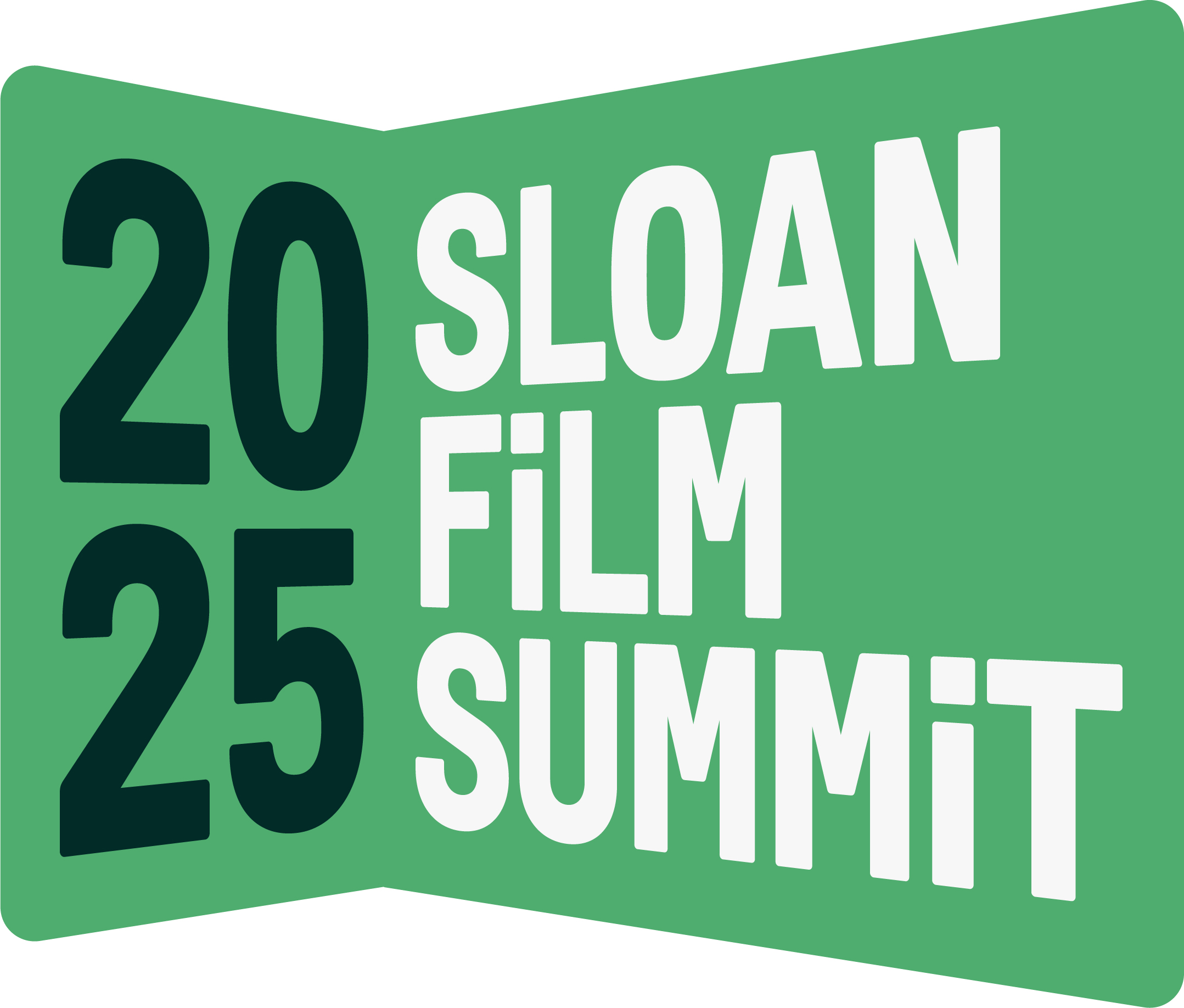
Folsom Man
Kristen Edney, Writer
Sloan Grant(s) Received: 2023, Columbia University, Screenwriting Award
Project Type: Feature
Genre: Historical Drama
Length: 120 pages
Field of Science: Paleoarchaeology, Paleoanthropology, Astronomy
Stage: Development
Synopsis:
Moving between 12,500 BCE, 2006, and 2022, Folsom Man, inspired by the true story of George McJunkin, is a time-spanning narrative that explores the tension between scientific discovery and historical erasure.
In the Pleistocene era, a Paleoindian woman named Iola survives a brutal encounter with a Short-Face Bear using a distinctive, milky-gray stone. She later shapes this stone into a Folsom Point–a razor-thin spearpoint crafted with skill and precision. Her survival and craftsmanship become the symbolic, narrative root of the story.
Cut to East Texas, 2006. On the eve of Juneteenth, twelve-year-old Merle Jackson discovers the same type of stone embedded in a limestone outcropping. Merle, the child of a passionate community organizer mother, Bert, and an archaeologist father, Denny, is caught between two worldviews: one rooted in recent Black history and activism, the other in deep-time archaeological research. When Denny leaves the family, Merle keeps the stone as a talisman of connection and curiosity, beginning to chip away at it, unknowingly echoing Iola’s ancient craft.
By 2022, Merle has become an archaeology PhD student, leading an excavation at the famed Folsom site in New Mexico. Her goal is to uncover evidence of a Paleoindian campsite to challenge prevailing theories that early humans hunted and abandoned sites rather than settling. Under pressure from her advisor Spencer, and a once-in-a-century storm system, Merle’s dig is shut down. Lacking the institutional support or tools to penetrate the site’s dense clay, Merle reluctantly accepts help from Greg, her boyfriend and fellow PhD, who’s been offered funding to complete a parallel bison study.
Merle’s disappointment deepens when she learns that even cutting-edge radar technology, used by her cosmologist friend Rey to study galaxies billions of light-years away, can’t easily penetrate clay just a few feet below ground. Her crisis of faith intensifies until a high school student from the dig, Jody, hands her a postcard of George McJunkin, a former slave and self-taught naturalist who many believe first discovered the ancient bison bones at Folsom. “They didn’t believe him either,” Jody tells her.
Spurred by the image of McJunkin standing beside a mantle filled with curios, Merle sets out to retrace his legacy. She visits the rumored McJunkin Plantation Museum where historical tourism veils the brutality of slavery, and enters a dreamlike reverie. The film then plunges into McJunkin’s youth in the post-Civil War South. Raised on a Texas plantation, young George is mentored by his father Shoeboy, a blacksmith, and a mysterious mixed-race cowboy named Wes, who teaches him to ride and encourages him to head west.
George’s path westward is harrowing. Alongside a cattle drive, he witnesses the racial violence of Reconstruction and survives a lynching attempt on one of his companions. Eventually, he finds refuge and purpose in Folsom, New Mexico, where his curiosity and scientific rigor blossom. He becomes a respected foreman and naturalist, and after a flash flood dislodges ancient bison bones, George devotes the rest of his life to studying the site. Though he writes to scientists and institutions, his contributions are largely ignored.
Back in the present, Merle’s story begins to mirror George’s. After parting ways with Greg, whose dismissive view of McJunkin reflects larger systemic biases, Merle is emboldened by her friend Rey, a cosmologist whose work with deep-space radar sparks an idea. Rey helps Merle adapt radar tech to better scan through clay. With the storm now arriving, Merle returns to Folsom, digs through the mud, and finally uncovers compelling evidence of human settlement.
Her findings not only validate her hypothesis but also secure long-term research funding and support for a high school archaeology program aimed at underrepresented youth. The final moments of the film capture Merle standing at the dig site, her childhood-crafted Folsom Point necklace in hand, both grounded and lifted by the legacies of Iola and George.
Folsom Man is a meditation on memory and time, honoring both the unrecognized pioneers of science and the new generation determined to bring their legacies to light. By braiding together three distinct timelines, the film challenges whose stories are preserved, who gets to be called a scientist, and what it takes to be seen.
